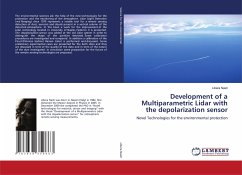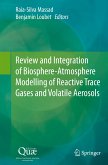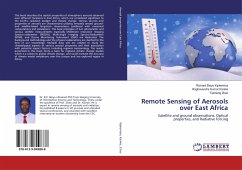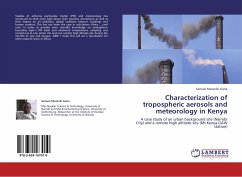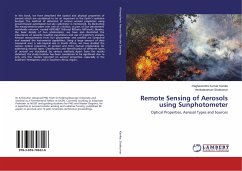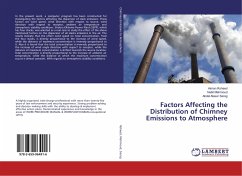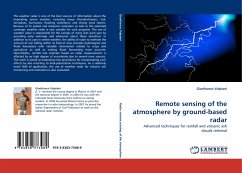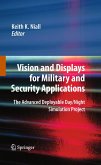The environmental sciences ask the help of the new technologies for the protection and the monitoring of the atmosphere. Lidar (Light Detection and Ranging) since 1970 represents a reiable tool for a remote sensing detection of dust, aerosols and clouds present in a vertical column of the detected atmosphere. In this book a work for the improvement of the Lidar technology located in University of Naples Federico II is presented. The depolarization sensor was added at the old Lidar system in order to distinguish the shape of the particles detected. Some calibration procedures are investigated and compared. In addition a calibration of the Pearl (Potenza Earlinet Raman Lidar) is performed and discussed. Some preliminary experimental cases are presented for the both sities and they are discussed in term of the quality of the data and in term of the nature of the dust investigated. In conclusion some prospective for the future of the remote sensing technologies are proposed.
Bitte wählen Sie Ihr Anliegen aus.
Rechnungen
Retourenschein anfordern
Bestellstatus
Storno

